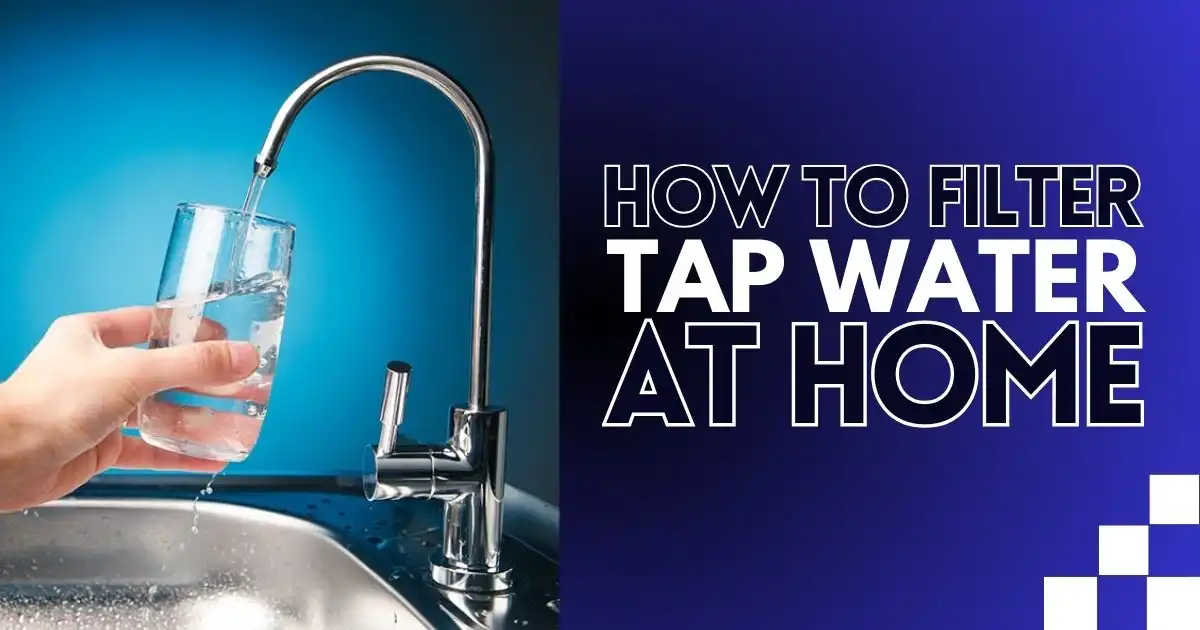We have smart homes, self-driving cars, and voice-controlled appliances—so why are we still manually digging up septic tanks? It’s outdated, unnecessary, and a complete waste of time. Yet, countless homeowners continue this frustrating cycle simply because they don’t realize there’s a better alternative.
Septic tank risers offer a modern, efficient solution that eliminates digging forever. They provide quick, above-ground access, making maintenance simple and stress-free. If you’re ready to ditch the shovel for good and upgrade your system, keep reading to learn how this simple upgrade can make your life easier.
What is a Septic Tank Riser?
A septic tank riser is a vertical pipe or extension that connects the buried septic tank to the ground’s surface, providing easy access for maintenance and inspections. Typically made of durable plastic or concrete, risers eliminate the need for digging, reducing labor costs and preserving the integrity of the surrounding soil and landscape.
Installing a septic tank riser improves system efficiency, allowing regular checkups and preventing costly damage from neglect. It ensures that homeowners and professionals can quickly access the tank for pumping and repairs, ultimately extending the lifespan of the septic system. This simple upgrade is a long-term solution for hassle-free maintenance.
8 Steps on How to Install a Septic tank Riser
Installing a septic tank riser improves accessibility, making maintenance and inspections easier while reducing long-term costs. Proper septic tank riser installation ensures durability, prevents leaks, and blends seamlessly into your landscape.

1. Wear Safety Gear & Check for Utilities
Proper safety measures are essential during septic riser installation. Wear sturdy gloves, safety goggles, and a respirator to protect yourself from sharp edges, debris, and toxic fumes. Before starting, check for underground utility lines like gas, water, and electricity to prevent serious accidents. A single mistake could lead to costly repairs or hazards.
Because of the risks involved in installing septic tank risers, professional help is often the best solution. Septic tanks emit heavy fumes, and handling an open lid requires caution. Hiring a local expert ensures safe and efficient septic tank riser installation, preventing structural damage and ensuring long-term functionality without unnecessary risks.
2. Locate Your Septic Tank
Before starting septic tank riser installation, locating your tank is important. If its position isn’t obvious, consult your home’s blueprints, search for visual clues like sunken ground, or use a soil probe to find the lid. Identifying the tank correctly ensures precise riser installation, preventing unnecessary digging and potential damage to the system.
If you’re unsure where to begin, a professional can accurately locate your tank and guide you on how to install a riser on a septic tank. Proper placement of risers for septic tanks ensures easy access for maintenance and inspections, ultimately extending your system’s lifespan while saving you from costly repairs in the future.

3. Use Gear & Check Utilities
Once your tank is located, the next step in septic tank riser installation is uncovering the lid. Use a shovel to carefully dig around it, ensuring you don’t damage the tank’s structure. Avoid aggressive digging, as even a small crack in the tank can lead to costly repairs. Proper excavation allows seamless riser installation, ensuring a secure and functional fit.
Most septic tank lids are secured with bolts or screws, requiring tools like a drill, wrench, or pry bar for removal. Larger lids may be too heavy to lift alone, so having a helper is needed. Safety is paramount—keep children and pets away from the worksite, as an open tank poses serious fall and health hazards. If unsure, consult a professional for a safe septic riser installation.
4. Clean the Top of the Tank Thoroughly
An essential step in septic tank riser installation is sealing the riser to the tank’s opening. For a watertight bond, clean the tank’s rim thoroughly using a wire brush or broom. Removing dirt and debris ensures the septic riser sits flush, preventing leaks and structural issues.
Neglecting this step can cause the sealant to fail, leading to groundwater infiltration or septic odors escaping. Before installing a septic tank riser, take extra time to inspect the tank’s rim for cracks or damage. If needed, apply a patching compound to reinforce weak areas. Proper preparation ensures a secure and long-lasting riser installation.

5. Attach Base Ring to Tank
During septic tank riser installation, the base ring serves as the foundation for a secure fit. Carefully position the base ring onto the cleaned tank opening, ensuring it aligns properly. A precise fit prevents shifting or gaps that could compromise the seal. Proper placement is essential for installing septic tank risers that remain sturdy and functional over time.
To create an airtight, watertight bond, apply butyl sealant rope around the base ring where it meets the tank’s rim. This adhesive forms a strong seal, preventing leaks and keeping out groundwater. Skipping this step can lead to structural issues or costly repairs. Taking time to correctly install a septic tank riser ensures durability and long-term efficiency.
6. Cut Riser Rings to the Appropriate Height
The height of your septic tank concrete riser depends on your preference and local regulations. Some homeowners prefer the riser to be flush with the lawn for a seamless look, while others choose a few inches of elevation for easier access. Before cutting, use measuring tape to determine the exact height needed for installing a septic tank riser that balances accessibility.
Use a circular saw to cut the risers for septic tanks precisely. Ensure each ring is cut evenly to avoid alignment issues during septic riser installation. Uneven cuts can create gaps or instability, leading to long-term problems. Taking the time to cut properly ensures a secure and well-fitted septic tank riser installation, preventing maintenance hassles in the future.

7. Install Riser Rings Onto the Base Ring
With the riser rings cut to the correct height, the next step in how to install a riser on a septic tank is stacking them securely onto the base ring. Align each ring carefully for a tight fit, using butyl sealant rope between sections to create a watertight seal, preventing leaks and ensuring durability.
Once the rings are securely placed, use an electric drill to fasten the provided screws, reinforcing the structure. This step is vital in septic riser installation, ensuring stability under pressure. A properly secured septic tank riser prevents ground movement damage, reduces repair costs, and provides easy access for maintenance and inspections.
8. Install Riser Lid Onto the Riser Rings
The final step in installing a septic tank riser is securing the riser lid. Carefully place the lid on top of the stacked risers for the septic tank, ensuring it follows the manufacturer’s guidelines. A properly fitted lid forms an airtight and watertight seal, preventing odor leaks and protecting the system from external debris or excessive moisture infiltration.
Once the lid is securely in place, backfill around the septic tank concrete riser with dirt, leaving only the lid visible. This step enhances stability, prevents shifting, and ensures septic tank riser installation allows easy maintenance access while blending seamlessly into the landscape for a functional, long-term solution.
Don’t Wait for a Septic Emergency!
A septic riser installation eliminates the hassle, keeping your system accessible and well-maintained. Stop struggling with buried septic tank lids! Take the first step toward worry-free maintenance and upgrade your septic setup today!
Save time, money, and hassle with septic riser installation from Vegas Plumbing Pros. We provide durable risers, expert installation, and full-service plumbing solutions. Contact us now at Vegas Plumbing Pros to schedule your service and keep your septic system in top shape!
FAQS
Are septic tank risers a good idea?
Septic tank riser installation is a smart investment for homeowners, offering convenient access for maintenance and inspections. Eliminating repeated excavation, risers save money and help prevent costly repairs. Learning how to install a riser on a septic tank ensures compliance with local regulations, avoiding fines while enhancing system longevity and efficiency.
How do you install concrete septic tank risers?
Septic tank concrete risers are heavy and durable, ideal for long-term use. Installing a septic tank riser involves cutting risers to size, stacking them with sealant, and ensuring proper leveling. Due to their weight, careful handling is needed, and the sealant may require curing before the riser is functional.
How far above ground should a septic tank riser be?
During septic tank riser installation, the riser should extend slightly above ground level for accessibility. The height depends on regulations and preferences but should be flush or a few inches above ground. This ensures easy maintenance while avoiding tripping hazards and interference with landscaping. The lid must remain visible and accessible.
Can you cover a septic tank riser with dirt?
While you can cover a septic tank riser, it’s not always ideal. Burying a plastic riser can make it hard to locate. Clearly mark its location for future access. Avoid deep burial to prevent excess stress and difficulty during septic riser installation or maintenance for homeowners or professionals.



